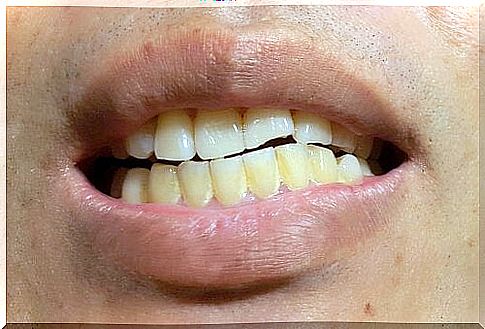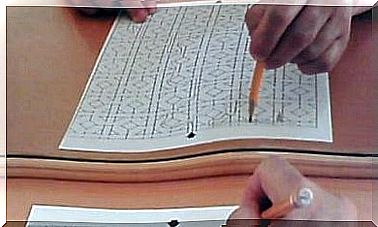Stains On Teeth

Having healthy white teeth is everyone’s wish. Unfortunately, the appearance of stains on teeth is a natural process to which we are all exposed. That is why it is one of the most famous dental problems. These spots can be caused by certain medications, poor hygiene, or genetics.
There are several types of stains on teeth that can be identified by their color. Once you know what type of stain you have, you can act accordingly to remove it effectively.
Nowadays, dental aesthetics has become a trend and there are many innovative teeth whitening treatments out there.
Types of stains on teeth
Teeth darkening is an ongoing threat that affects both permanent and temporary teeth.
Depending on the color of the stain, you can identify its possible cause. The most common tooth stains are the following:
White spots
These can be caused by:
- Cavities if the cavities are located in the initial stage may be increased by the demineralization of tooth enamel a white area to show on the teeth. These stains can be removed by using a special fluorine.
- Fluorosis : It is very easy to detect because of its speckled appearance. It is caused by the excessive use of fluoride at a young age. In some areas, drinking water that contains a large amount of fluoride can damage teeth.
Brown spots
These spots are due to bad eating habits. These are superficial stains and they are usually housed in the inner part of the teeth.
They arise from consuming dark drinks like coffee, cola and red wine. They can also be caused by smoking. Nicotine causes changes in the natural color of the tooth.
Gray spots
These spots occur due to trauma. When a tooth is hit by a blow or fall, which could be the result of a fight or an accident, it changes its natural color to a grayish tone due to pulp necrosis. Pulp necrosis is the death of the nerve in the tooth.
In extreme cases, the person may feel discomfort while chewing and endodontics may be needed to relieve the pain.

Black spots
These can be caused by:
- Mouthwash: These products contain an antibacterial substance called chlorhexidine. If you use them excessively, black spots may appear. Their appearance depends on factors such as the concentration of chlorhexidine and the duration of its use.
- Tartar : This is very common in people with conditions like periodontal disease. Plaque turns into tartar that lies on the surface of the teeth. This can cause bad breath and loss of tooth enamel.
Green spots
These stains are caused by poor oral hygiene. This is why they are found on the underside of the teeth and are very common in children and adolescents who do not have proper dental hygiene.
If you don’t brush your teeth, bacteria can build up on your teeth and gums. Over time, this causes phenazine, which in turn causes the breakdown of blood in the gums.
Yellow spots
The main cause of yellow stains is dental bacterial plaque, which is caused by the breakdown of food particles . Combined with poor brushing habits, it can cause teeth to take on this shade.
3 ways to get rid of these types of stains
Frequent visits to the dentist can help prevent these stains . You could suggest one of the following treatments:
Dental hygiene
Dental hygiene, or teeth cleaning, is a deep cleaning performed by a professional that can remove stains, tartar under the gums, and dental bacterial plaque.
Therefore, two tooth cleanings per year are recommended. These guarantee healthy gums and cavity-free teeth.

Teeth whitening
This is a purely aesthetic treatment that involves applying active ingredients to the teeth that penetrate and help remove stains on the inside and outside.
This treatment is surprisingly effective, you can get shiny teeth and a brighter smile.
Rings of teeth
This is a type of cover that is used on teeth that have permanent stains. It is especially used on stains caused by medication or excessive use of fluoride.
Of course, it is best to prevent these stains from appearing on teeth. Don’t wait for them to show up to start taking care of your teeth.
Remember, like many other things, they can be avoided with simple everyday measures.









